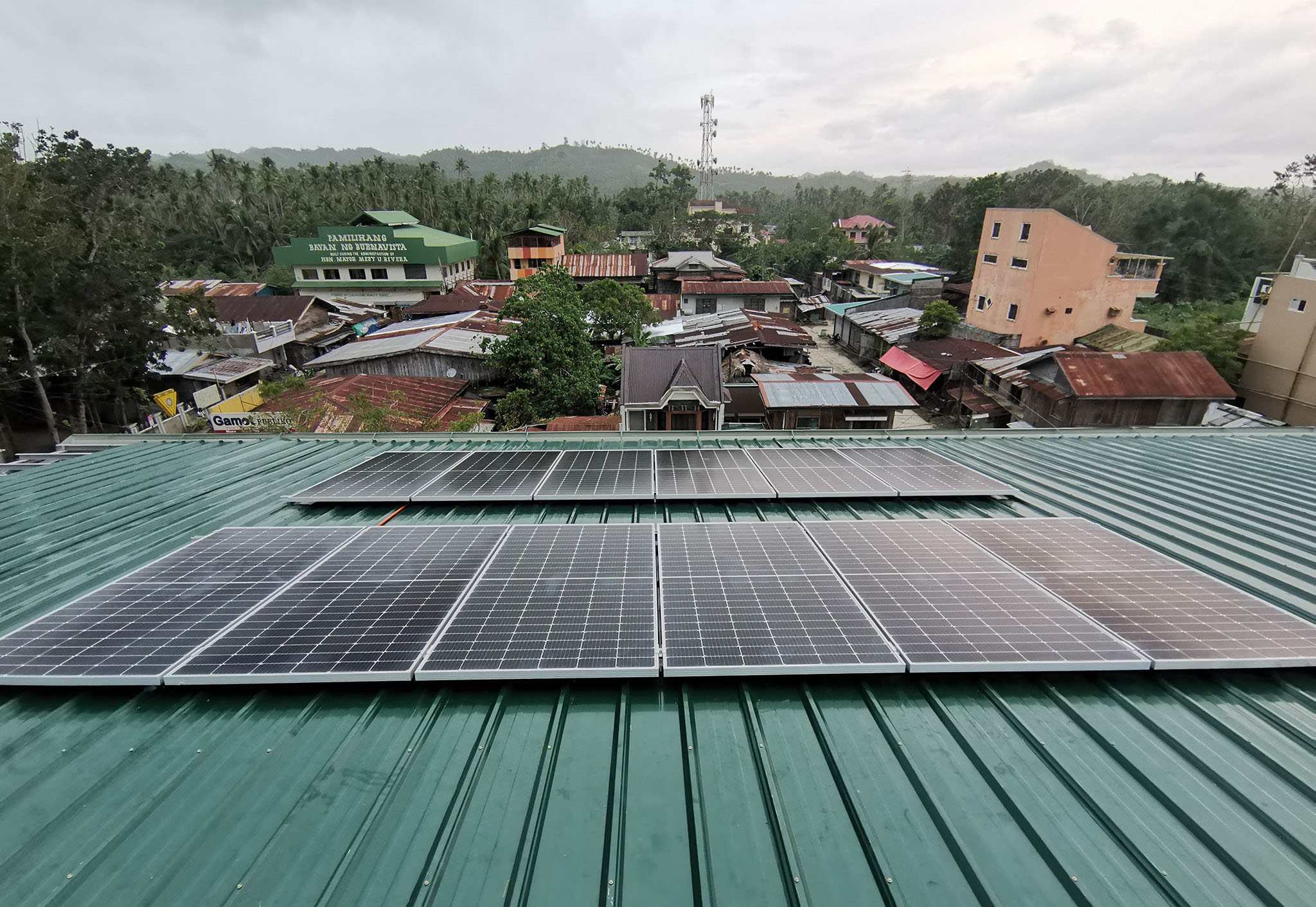Wind turbines and solar panels are an increasingly common sight. But why? What are the benefits of renewable energies—and how do they improve our health, environment, and economy?
Less global warming
Human activity is overloading our atmosphere with carbon dioxide and other global warming emissions. These gases act like a blanket, trapping heat. The result is a web of significant and harmful impacts, from stronger, more frequent storms, to drought, sea-level rise, and extinction.
Improved public health
The air and water pollution emitted by coal and natural gas plants is linked with breathing problems, neurological damage, heart attacks, cancer, premature death, and a host of other serious problems. Most of these negative health impacts come from air and water pollution that clean energy technologies simply don’t produce. Wind, solar, and hydroelectric systems generate electricity with no associated air pollution emissions. Geothermal and biomass systems emit some air pollutants, though total air emissions are generally much lower than those of coal- and natural gas-fired power plants.
Inexhaustible energy
Strong winds, sunny skies, abundant plant matter, heat from the earth, and fast-moving water can each provide a vast and constantly replenished supply of energy.
Jobs and other economic benefits
Compared with fossil fuel technologies, which are typically mechanized and capital intensive, the renewable energy industry is more labor intensive. Solar panels need humans to install them; wind farms need technicians for maintenance. This means that, on average, more jobs are created for each unit of electricity generated from renewable sources than from fossil fuels.
Stable energy prices
Renewable energy is providing affordable electricity across the country right now and can help stabilize energy prices in the future. Although renewable facilities require upfront investments to build, they can then operate at a very low cost (for most clean energy technologies, the “fuel” is free). As a result, renewable energy prices can be very stable over time.
Reliability and resilience
Wind and solar are less prone to large-scale failure because they are distributed and modular. Distributed systems are spread out over a large geographical area, so a severe weather event in one location will not cut off power to an entire region. Modular systems are composed of numerous individual wind turbines or solar arrays. Even if some of the equipment in the system is damaged, the rest can typically continue to operate.

